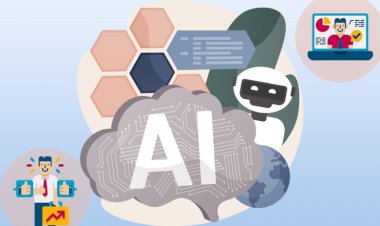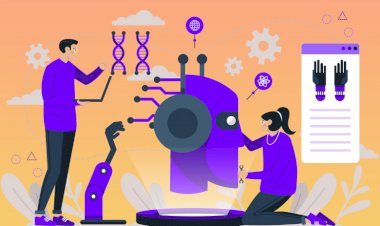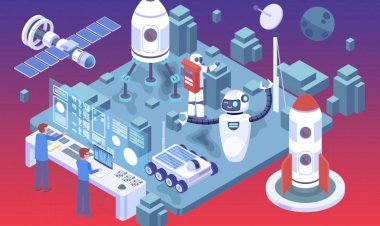How Will AI and Machine Learning Impact Global Warming and Climate Change?

With each passing year, the effects of climate change become more and more obvious, and it is obvious that we must act to address this global problem. Machine learning and artificial intelligence (AI) are proving to be useful tools in the fight against climate change. We'll look at how AI is being applied to combat climate change in this article, as well as what the environment might look like in the future.
Climate change monitoring and forecasting.
Monitoring and predicting environmental changes is one of the main ways AI is being used to combat climate change. In order to find patterns and trends that might point to climatic changes, machine learning algorithms can analyze enormous amounts of data from sensors and satellites.
To track changes to the earth's surface, such as deforestation or ice cap melting, machine learning algorithms can, for instance, analyze satellite data. Understanding how the environment is changing and what steps might be required to lessen the effects of climate change can be aided by this for scientists and decision-makers.
Energy efficiency improvement.
AI has the potential to lower greenhouse gas emissions and increase energy efficiency. Machine learning algorithms can examine data from buildings and energy systems to find energy-wasting areas and recommend fixes to increase effectiveness.
AI-powered systems, for instance, can analyze data from smart meters to find patterns in energy usage and recommend ways to cut usage. This can help save money on energy costs and reduce carbon footprints for both individuals and businesses.
Optimizing the use of renewable energy.
In order to maximize renewable energy sources like wind and solar power, AI is also used. The amount of energy that will be produced by renewable energy systems can be predicted using weather data by machine learning algorithms, and output can be changed accordingly.
This can improve the performance and dependability of renewable energy systems, making them a more attractive option for supplying our energy needs while cutting greenhouse gas emissions.
monitoring and reducing air pollution.
Air pollution can be monitored and reduced with the aid of AI. Data from air quality sensors can be analyzed by machine learning algorithms to pinpoint the sources of pollution. This can aid in the development of focused strategies by city planners and policymakers to lower pollution and enhance air quality.
AI-powered systems, for instance, can analyze traffic patterns to pinpoint locations with particularly high emissions and offer recommendations for how to ease traffic or promote the use of public transportation.
The environment and the future of artificial intelligence.
AI's capacity to address environmental problems, such as climate change, will only grow as the technology develops. More advanced AI-driven systems and machine learning algorithms that can monitor, forecast, and lessen the effects of climate change are to be expected.
The fact that AI is not a panacea for addressing climate change must be understood, though. A comprehensive strategy that incorporates policy modifications, investments in renewable energy and sustainable infrastructure, and behavioral changes on an individual level will be needed to address this global issue.
Conclusion.
In the fight against climate change, artificial intelligence and machine learning are useful tools. AI is being used in many different ways to help us address this global issue, from observing and forecasting climate change to enhancing energy efficiency and reducing air pollution. We can anticipate seeing more ground-breaking solutions as AI develops to help us build a more sustainable future.
By Pooyan Ghamari, a Swiss economist who is exploring the impact of AI

 content-team
content-team 


















